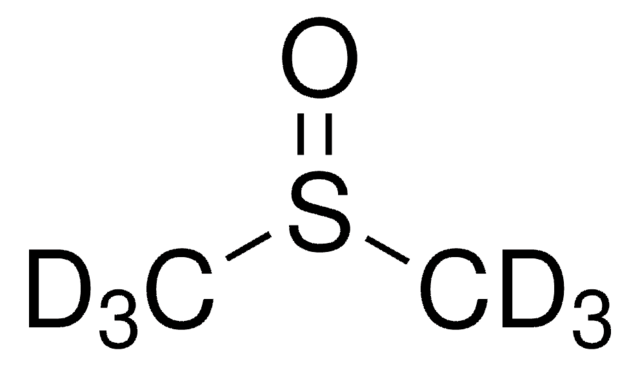227781
N-(Benzyloxycarbonyloxy)succinimide
98%, for peptide synthesis
Synonym(s):
Benzyl N-succinimidyl carbonate, Z-OSu
Sign Into View Organizational & Contract Pricing
All Photos(3)
About This Item
Empirical Formula (Hill Notation):
C12H11NO5
CAS Number:
Molecular Weight:
249.22
Beilstein:
1387927
EC Number:
MDL number:
UNSPSC Code:
12352005
PubChem Substance ID:
NACRES:
NA.22
Recommended Products
Product Name
N-(Benzyloxycarbonyloxy)succinimide, 98%
Quality Level
Assay
98%
mp
80-82 °C (lit.)
application(s)
peptide synthesis
functional group
imide
phenyl
SMILES string
O=C(OCc1ccccc1)ON2C(=O)CCC2=O
InChI
1S/C12H11NO5/c14-10-6-7-11(15)13(10)18-12(16)17-8-9-4-2-1-3-5-9/h1-5H,6-8H2
InChI key
MJSHDCCLFGOEIK-UHFFFAOYSA-N
Looking for similar products? Visit Product Comparison Guide
Application
N-(Benzyloxycarbonyloxy)succinimide (Cbz-OSu) is a common reagent for the carboxybenzyl protection of amines. This reaction is one of the key synthetic steps in the synthesis of:
Cbz-OSu is widely employed to protect amino acid residues in peptide synthesis. It can also be used in N-trans diprotection of cyclen regioselectively.
- Enantiomers of cyclic methionine analogs viz, (R)-and (S)-3-aminotetrahydrothiophene- 3-carboxylic acid.
- 1′-H-Spiro-(indoline-3,4′-piperidine) and its derivatives.
- Total synthesis of (-)-diazonamide A. and (-)-sanglifehrin A.
Cbz-OSu is widely employed to protect amino acid residues in peptide synthesis. It can also be used in N-trans diprotection of cyclen regioselectively.
Reagent for the selective introduction of the Z-amino protection in amino acids; and in aminoglycoside antibiotics.
Storage Class Code
11 - Combustible Solids
WGK
WGK 3
Flash Point(F)
Not applicable
Flash Point(C)
Not applicable
Personal Protective Equipment
dust mask type N95 (US), Eyeshields, Gloves
Choose from one of the most recent versions:
Already Own This Product?
Find documentation for the products that you have recently purchased in the Document Library.
Customers Also Viewed
Our team of scientists has experience in all areas of research including Life Science, Material Science, Chemical Synthesis, Chromatography, Analytical and many others.
Contact Technical Service




![1,8-Diazabicyclo[5.4.0]undec-7-ene 98%](/deepweb/assets/sigmaaldrich/product/structures/120/564/5b373e23-1624-489c-8efb-692de0f96ffb/640/5b373e23-1624-489c-8efb-692de0f96ffb.png)




